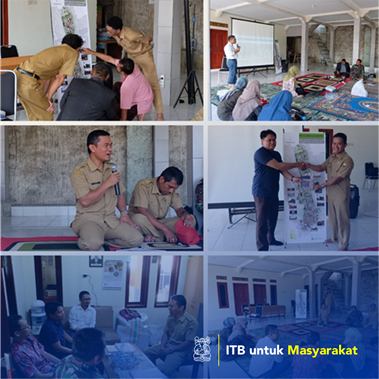

Deni Suwardhi
Regional boundaries on land are boundaries between inter-regional government administrative regions which are a series of coordinate points that are on the surface of the earth can be natural signs such as mountain, median rivers and/or artificial elements in the field set forth in the form of a map (Ministry of Home Affairs, 2012). Based on the data from the Ministry of Home Affairs, in January 2020, 36% of the boundaries between regions are indicative. Indicative means that there is no clarity and legal certainty on the boundaries of a region. The absence of clear and definite boundaries will lead to several administrative and physical problems, which can lead to conflicts (Kristiyono, 2008). The determination and affirmation of village boundaries is regulated in the Minister of Home Affairs Regulation No. 45 of 2016 with two methods, namely the cartometric method and the direct verification method in the field. The cartometric method is to trace/draw boundaries on work maps and measure/calculate the position of points, lines, distances, and wide-area coverage using basic maps and other geospatial information as supporting (Ministry of Home Affairs, 2016). In terms of spatial database storage in administrative areas, the use of spatial database management systems (DBMS) has many advantages. In carrying out data storage, boundaries deemed necessary to use a DBMS.
Penerapan Teknologi Tepat Guna, Penerapa Karya Seni/Desain/Arsitektur/Perencanaan Wilayah
Based on the data from the Ministry of Home Affairs, in January 2020, 36% of the boundaries between regions are indicative. Indicative means that there is no clarity and legal certainty on the boundaries of a region. The absence of clear and definite boundaries will lead to several administrative and physical problems, which can lead to conflicts (Kristiyono, 2008)